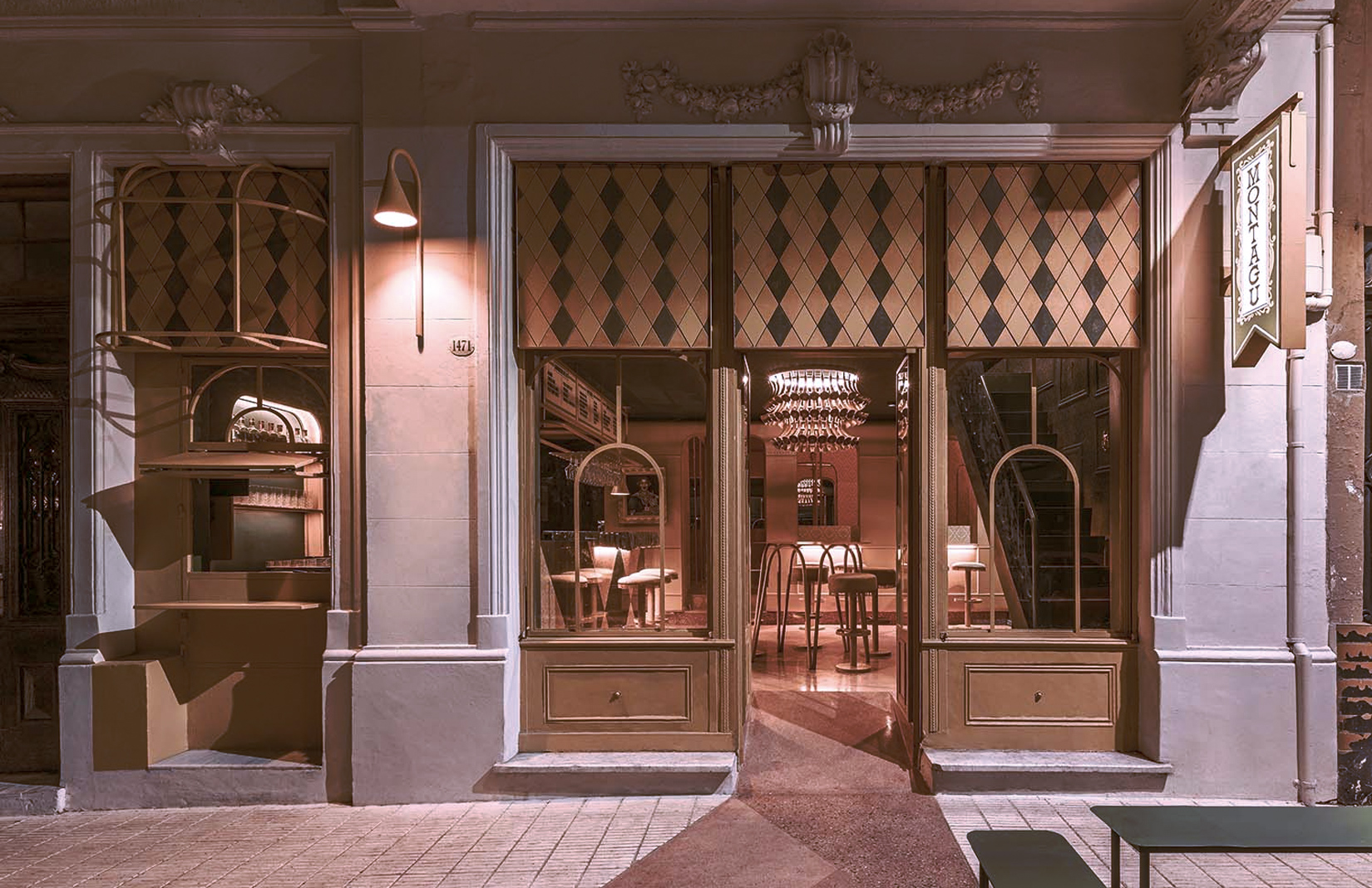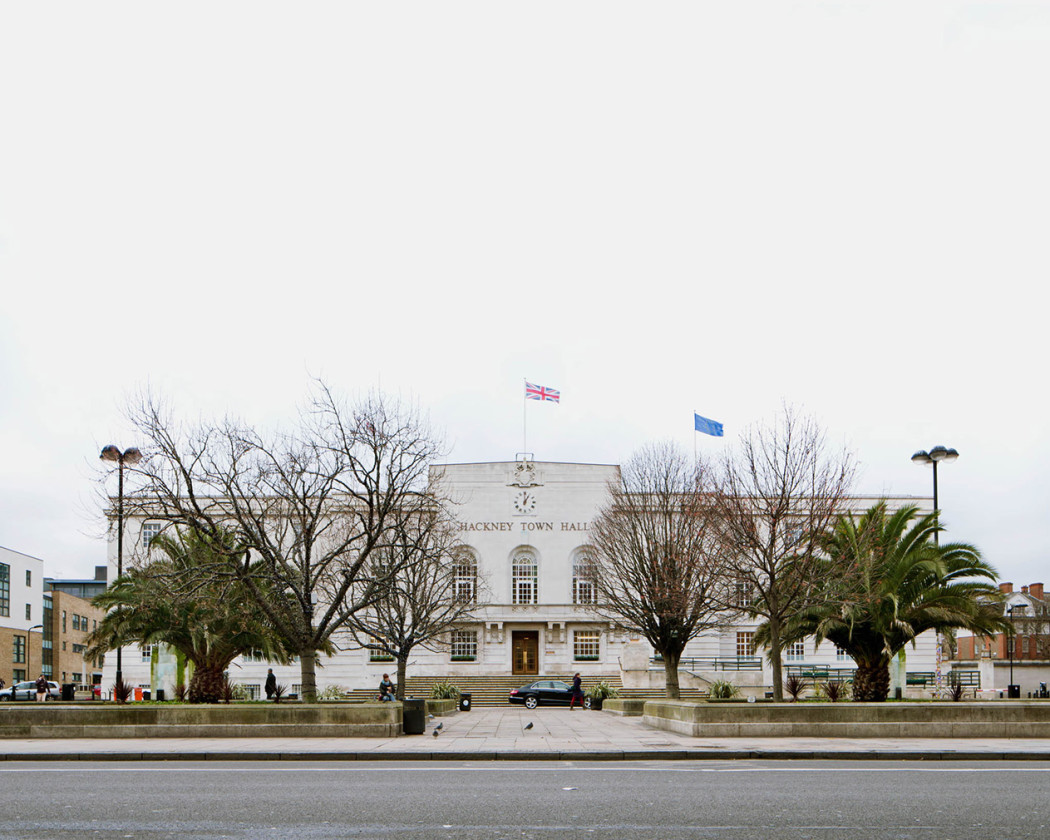
Hackney town hall
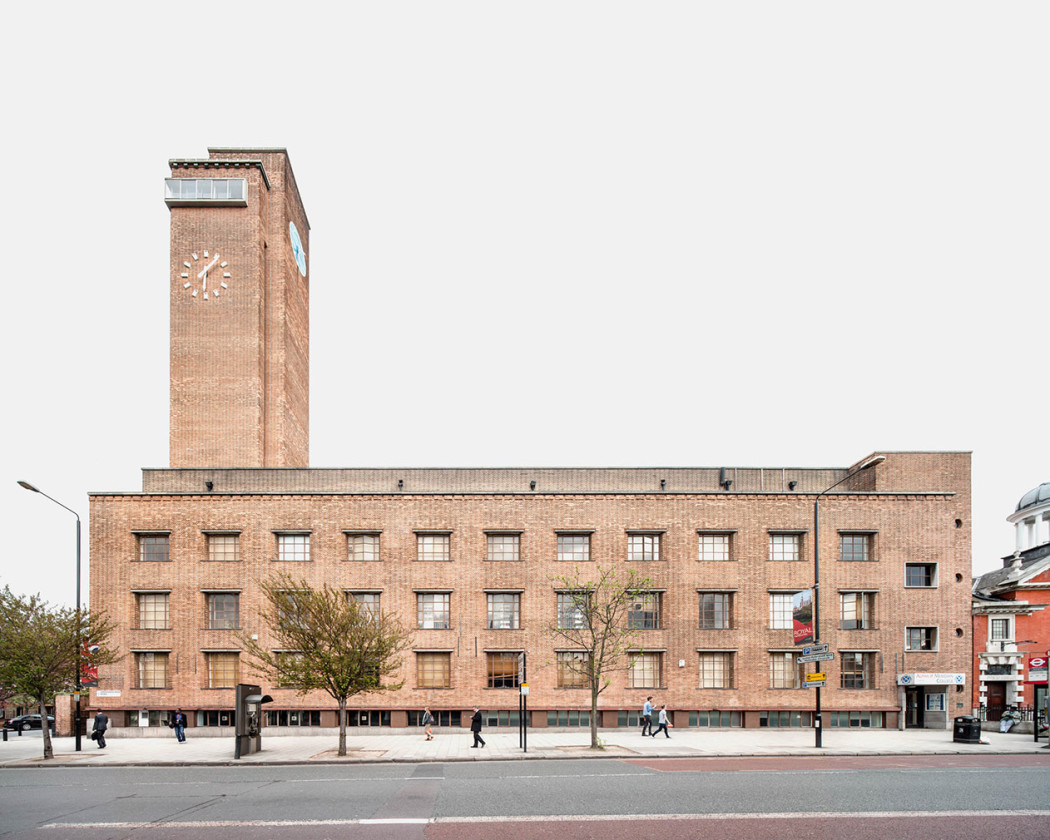
Greenwich

Bermondsey
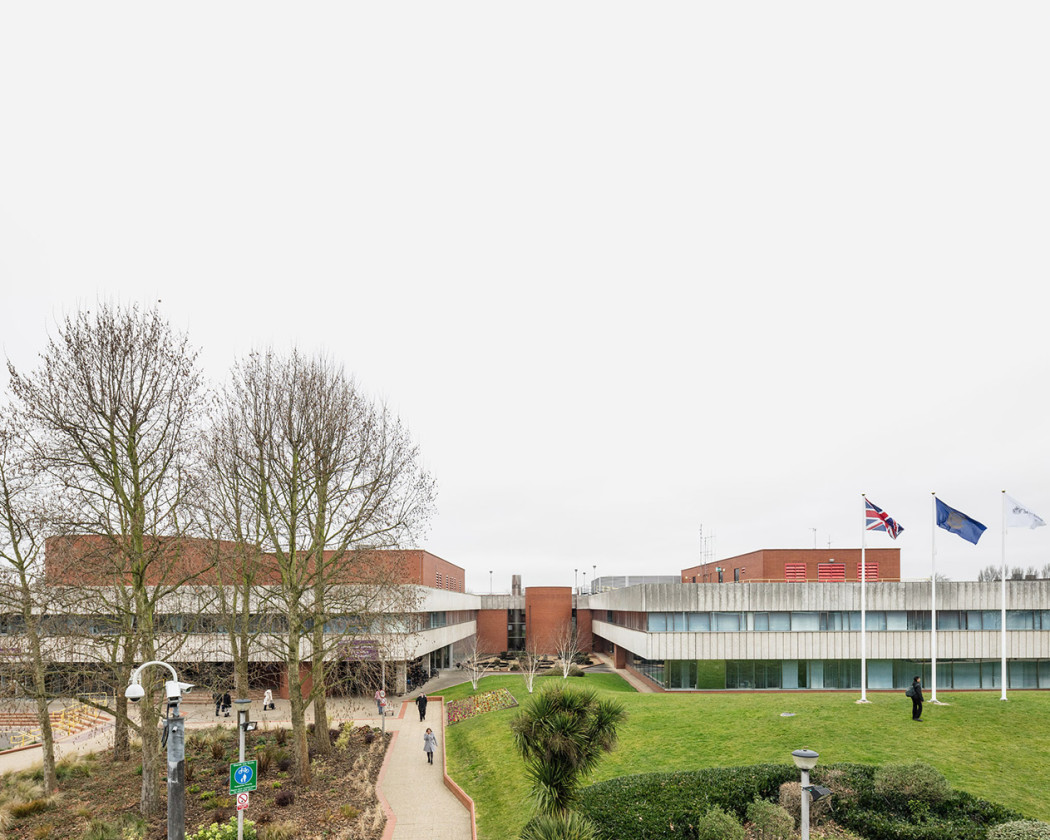
Hounslow
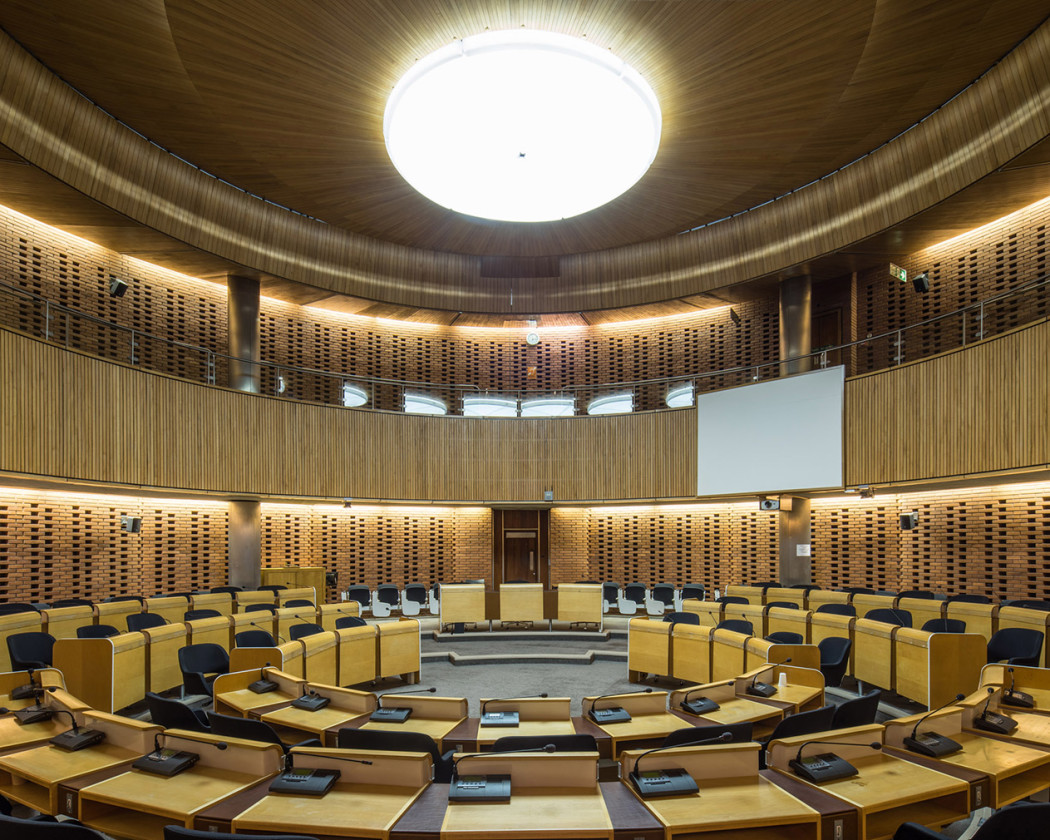
Hounslow
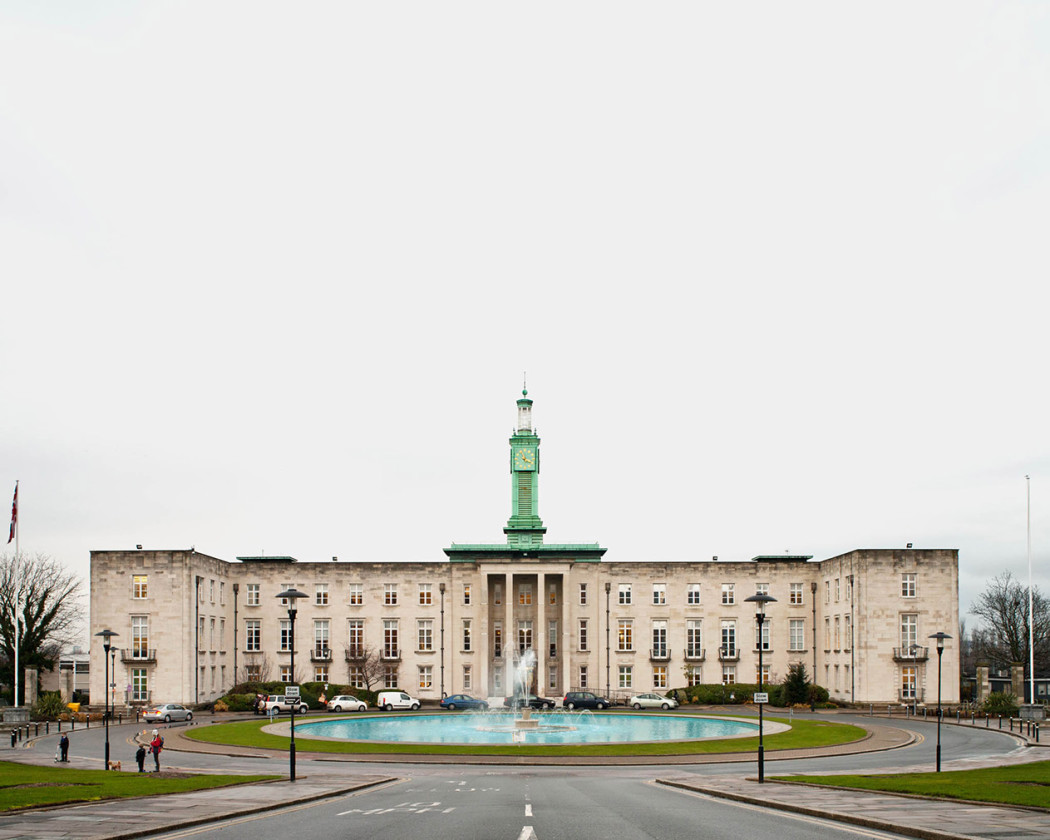
Walthamstow
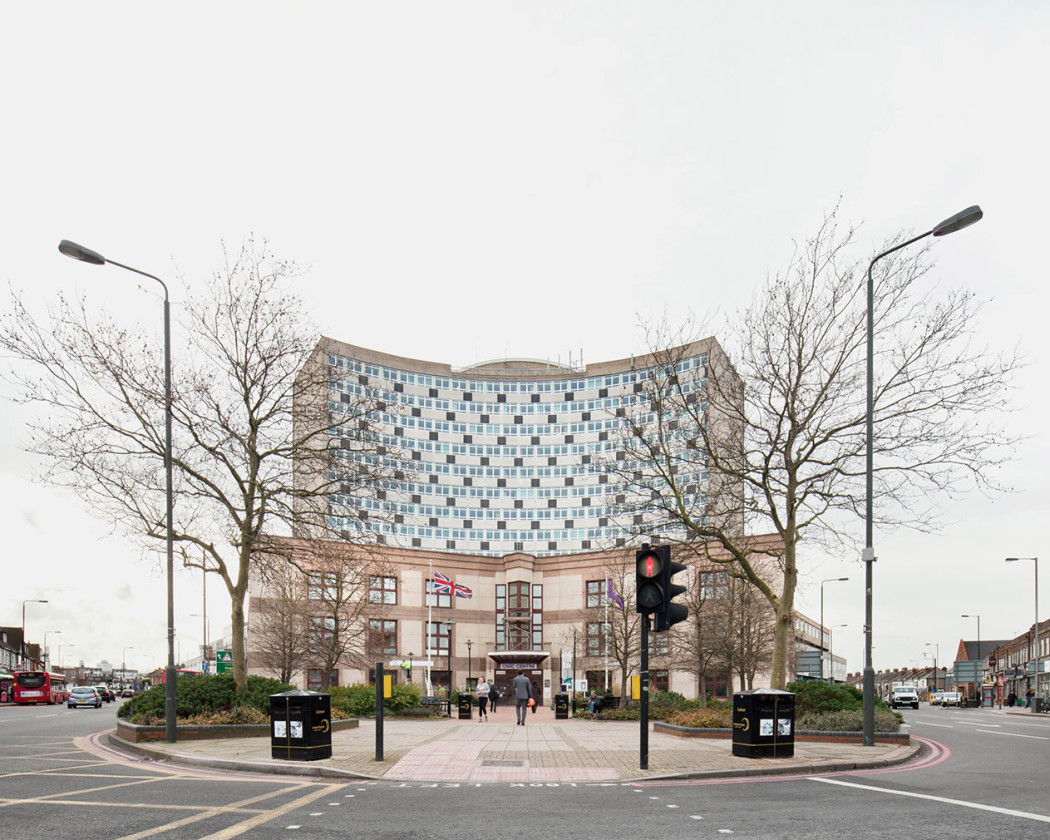
Merton
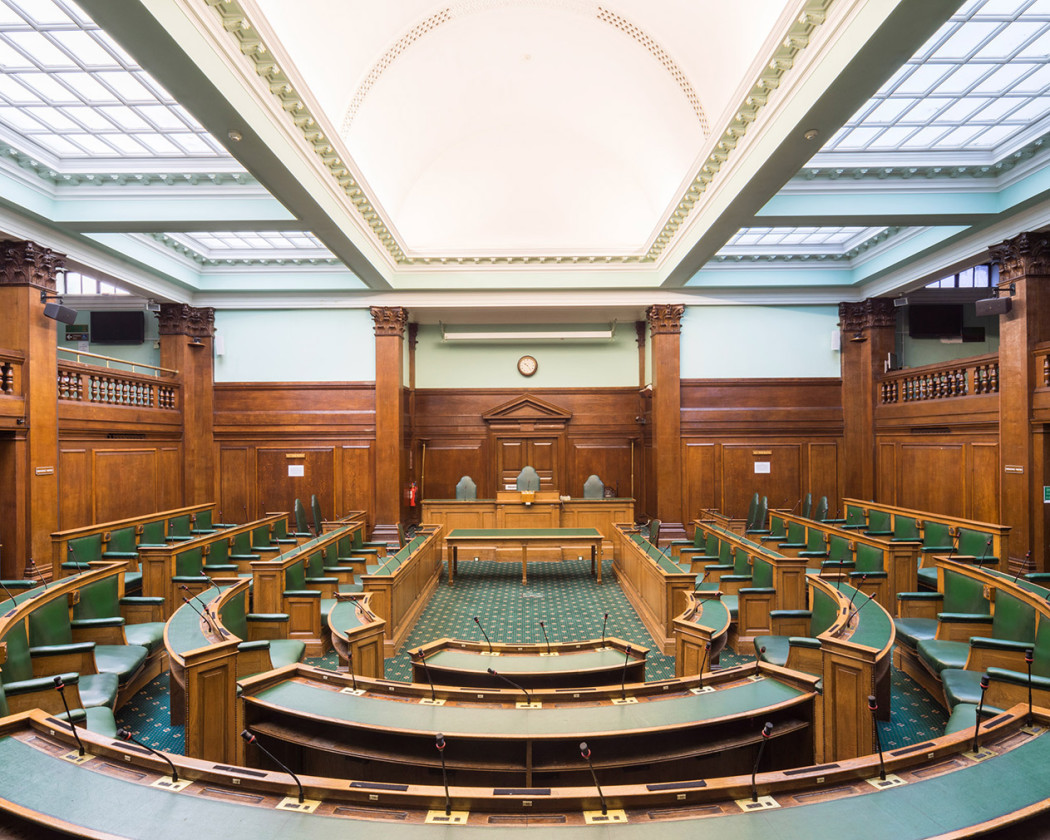
Camden
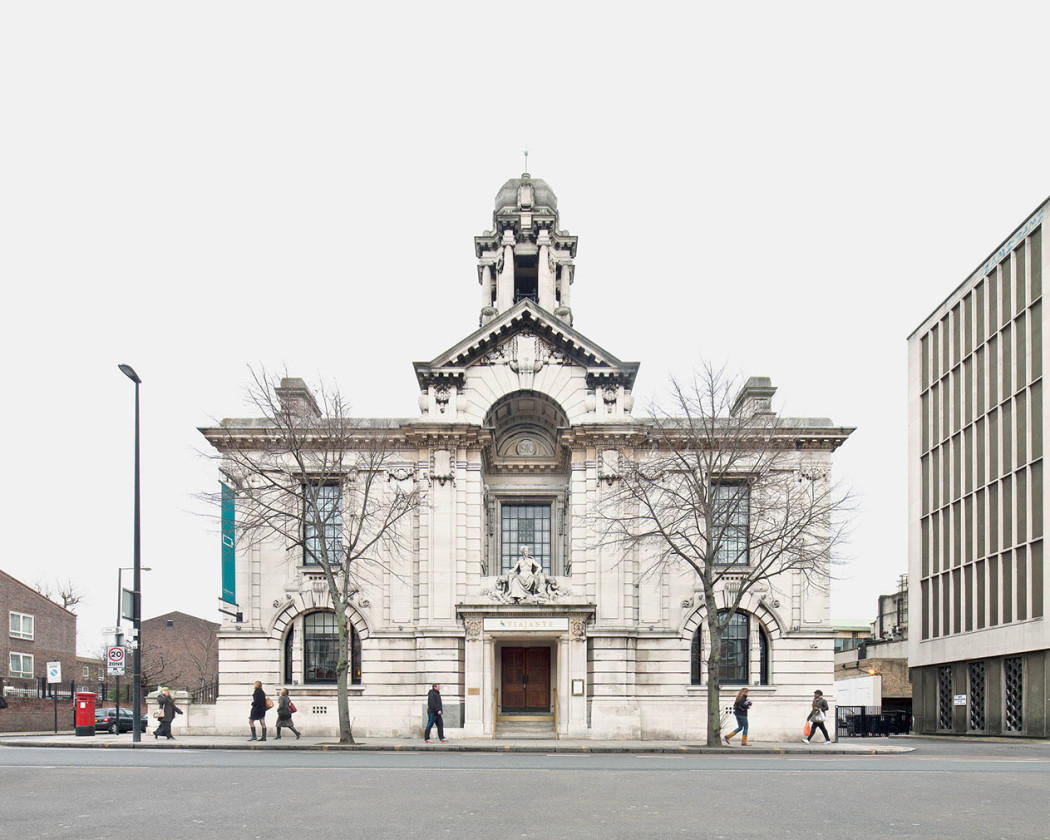
Bethnal Green
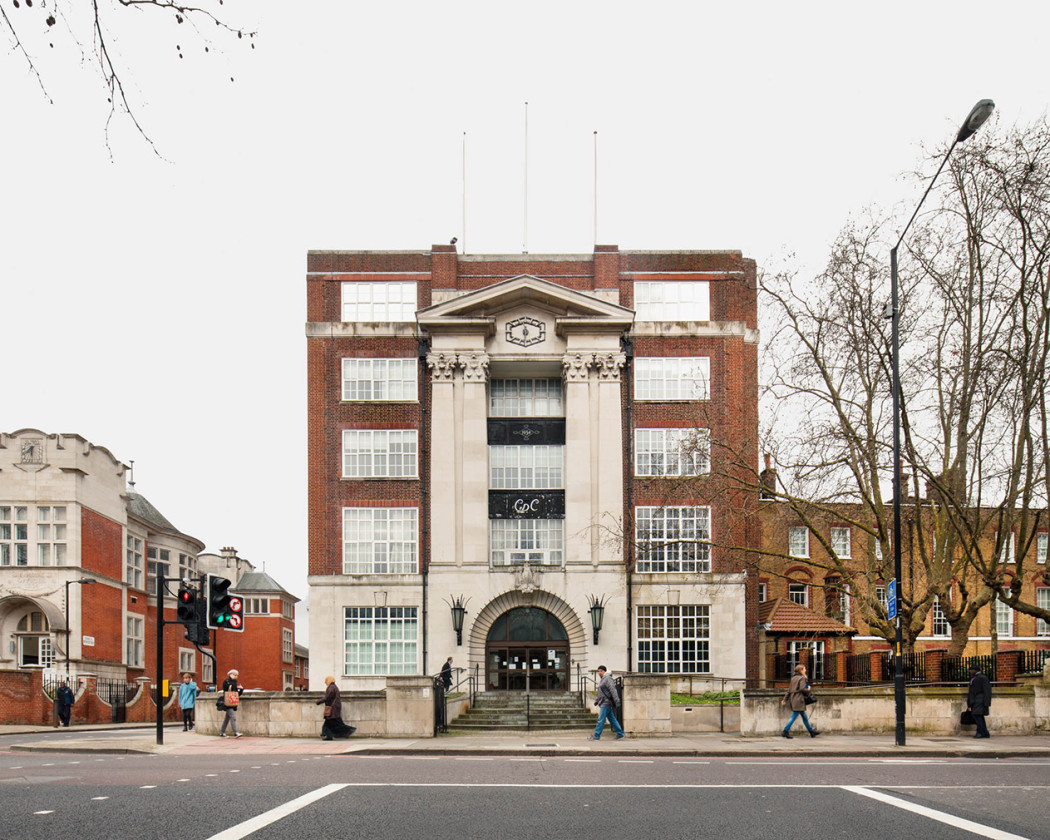
Camberwell
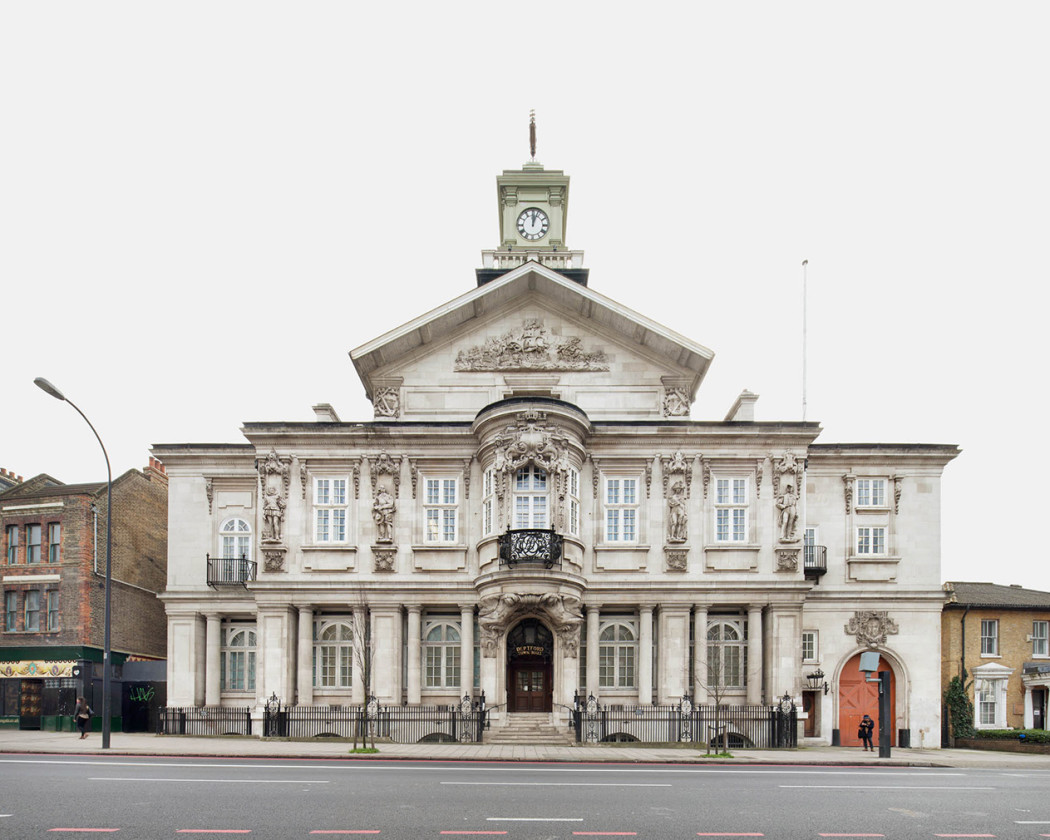
Deptford
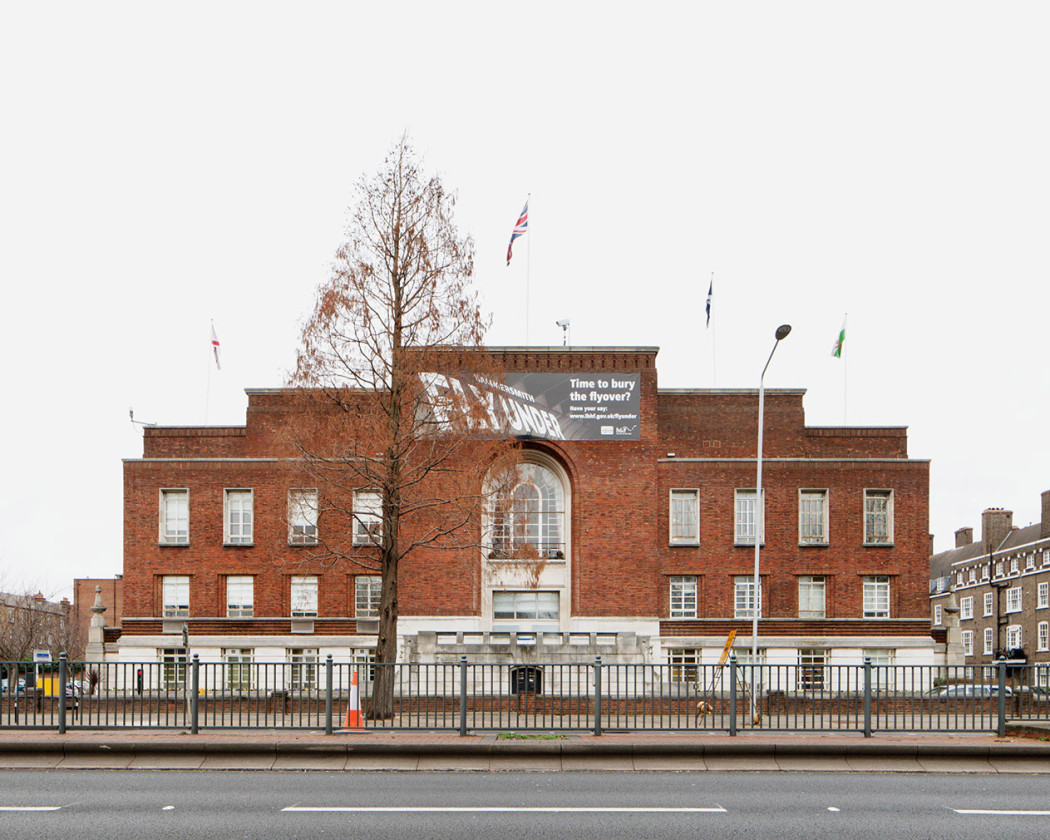
Hammersmith
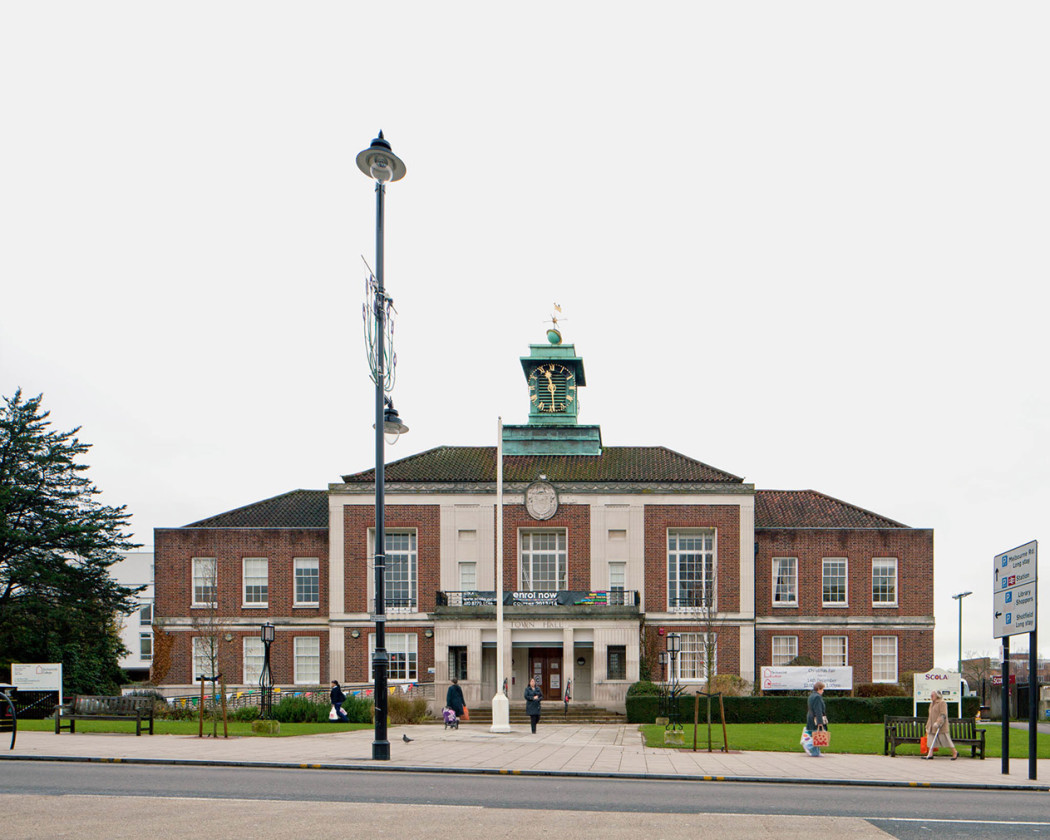
Wallington
Anthony Coleman started photographing town halls two years ago. Soon, the London-based photographer’s fascination grew into a series and today he counts some 50 town halls in his ever-growing collection. Next on his list is Wembley town hall, set to reopen as a French private school later this month.
Most of these buildings are purpose built – it is perhaps just the Richmond town hall, he points out, that is in an 18th-century former stately home. Many no longer serve their original use.
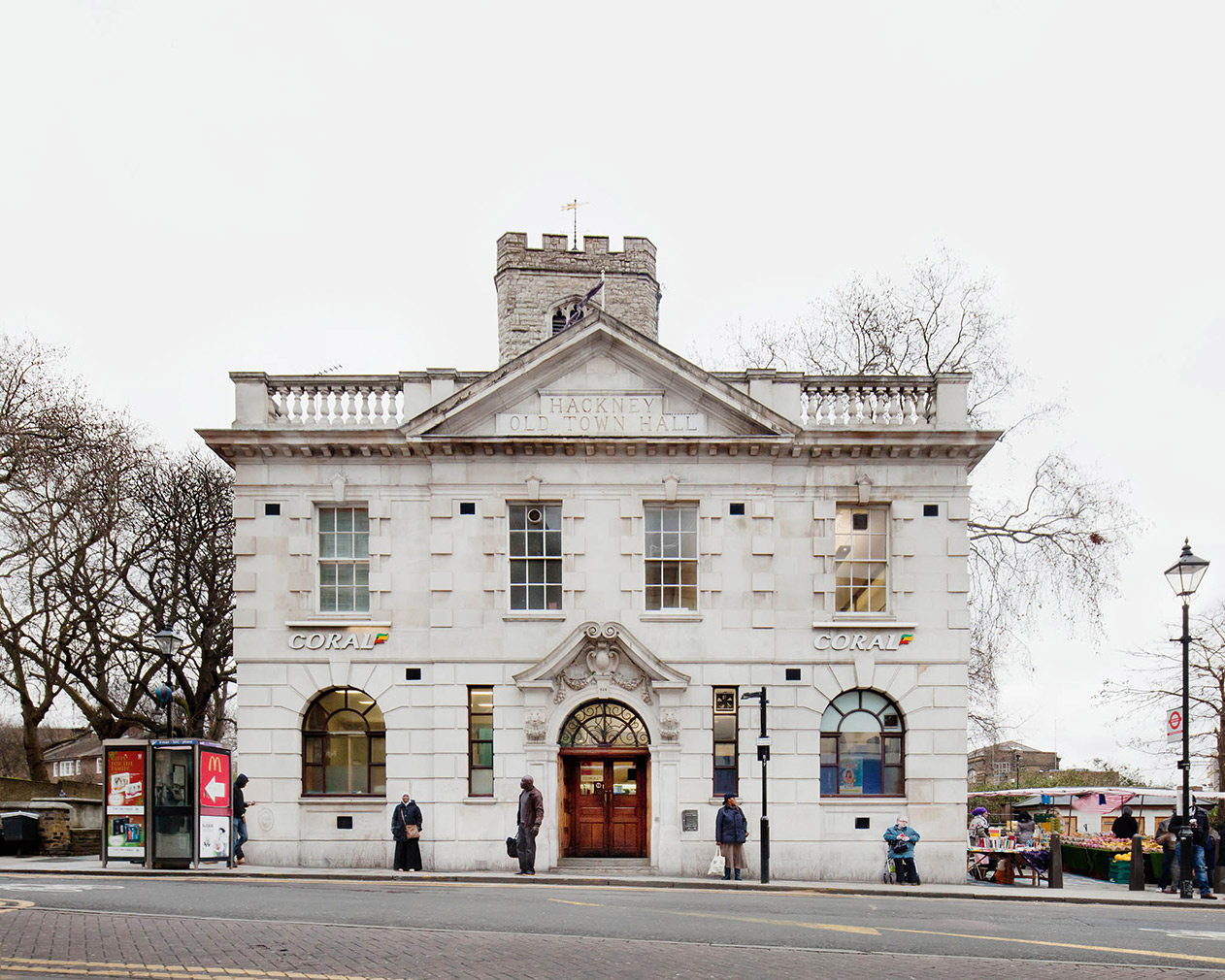
London’s high demand for space, coupled with changes in the local municipalities, mean that these majestic buildings have been turned into everything from schools, to art centres.
A selection of Coleman’s labour of love will be on display at the Eleven Spitalfields Gallery from 4 September. It is a landmark stop, but not an endgame for Coleman’s journey through London’s magnificent range of this genre of architecture. ‘I would like to make a book for the completed project,’ he says. For the moment, limited edition prints will be available through the gallery.
What attracts you to town halls?
It is the differences and similarities between them. They are all buildings that were designed (albeit at different times) to do the same job. When the pictures are seen en masse, they invite comparisons between them. There is a language to these buildings, which I have been examining in the photographs – exploring the nature of a particular type of architecture.
Why focus on London halls in particular?
Just photographing London’s town halls makes the project finite, whereas photographing town halls in general could become open-ended. That said, I would like to create a similar project photographing the great town halls in England’s northern cities.
Some are now converted for different uses. Does this make them more or less interesting to you?
I find it interesting to see what uses have been found for superfluous town halls – they reflect the time we live in now.
What are you interested in highlighting through your photographs?
The confidence, ambition and forward thinking of the societies that built them and how that contrasts with how our city looks today.
Talk us through some examples of their adaptive reuse.
The conversions vary. Some, such as Bermondsey, Friern Barnet and Chingford have been converted into flats. New Malden and Wimbledon have been incorporated into supermarkets. Meanwhile, Leyton has become a pub, Poplar is business units and Hackney’s Old Town hall a bookmakers. Some have become colleges – Deptford is part of Goldsmiths, Finsbury is a dance academy. Battersea and Hampstead have become arts centres. Several are in the process of being sold and face uncertain futures.
Anthony Coleman’s ‘Town Hall Series: A London Typology’ exhibition is on view at London’s Eleven Spitalfields from 4 September to 27 November 2015











